A Girl Group to Empower Youth
What was the initiative?
Emily’s project, “A Girl-Group to Empower Youth” addressed issues related to sexual and gender-based violence, using arts-based and creative methods combined with a youth-led approach. The space, which focused on creating a foundation of self-love and confidence, was a safe space for youth in the community to come together once a week to think about, talk about, and take action on gendered-issues important to them. In the group, the youth created zines, posters, and social media campaigns using a number of different artistic methods including photography, painting, drawing, sculpting and creative writing.
What was the community connection?
North Vancouver, BC, is the community where Emily grew up. Growing up in North Vancouver, she had connections to different institutions and groups throughout the community. Emily shared a gender identity with the youth participants she worked with, in addition to sharing the experience of growing up and experiencing adolescence in North Vancouver. Prior to the Fellowship, she had many existing and meaningful friendships and connections throughout the community. She was closely connected to, invested in, and passionate about the well-being and safety of female and femme youth in North Vancouver. During her Pathy initiative, Emily took on a new role in the community supporting adult women at a local not-for-profit focused on empowering women on the North Shore, creating increased connections with community members invested in addressing issues of sexual and gender-based violence and improving the quality of life of women and girls in the community through empowerment. This role was complementary to her efforts with her Girl Group.
How was it innovative?
Both the youth-led approach and use of arts-based methods, in this initiative, were innovative in addressing issues relating to sexual and gender-based violence with youth. Arts-methods provide space for individuals to engage with a topic or issue that can be challenging to engage with verbally, including taboo topics, topics with challenging or inaccessible vocabulary, or topics that risk being traumatizing or re-traumatizing to discuss. Youth-led work is guided, planned, inspired, organized and/or implemented by young people. This means allowing the participants to name their group, decide what topics they want to discuss or address in the group, and what type of activities they wish to engage in. Youth-led work results in projects and programs that respond directly to the needs and interests of the participants. Combining youth-led approaches with arts-based methods resulted in a space where youth were empowered to explore, engage with and/or speak back to different topics or local issues important to them. Significant achievements from the Fellowship initiative included the creation of the group’s first zine “Girls Talk Back,” the poster project “What Do You Want Your Community to Know About the Safety of Girls and Women In Your Community,” created in collaboration with another Pathy Fellowship project (GirlTalk), and the work on imagining safer communities for girls.
What is Emily doing now?
Since finishing the Fellowship, Emily is continuing to explore creative and artistic ways to address issues related to sexual and gender-based violence at a community level. Future plans include exploring the transformative possibilities of textiles-based methods and collaborative textile projects. She is considering ways further education can complement and combine her interest in research and arts.


